In an era defined by climate urgency and rising energy costs, the efficient use of energy is no longer optional, it’s essential. Unlike traditional meters that simply record total usage, smart systems provide a detailed, granular view of energy flow. The granular view is a powerful lever to gain control and insight into energy consumption patterns.
By combining sensors, real-time data, analytics, and feedback loops, these systems can shift energy usage from wasteful to optimized, ultimately leading to both financial savings and environmental benefits.
What is Smart Energy Monitoring?
At its core, smart energy monitoring refers to a system that actively measures, records, analyzes, and reports on energy flows (such as electricity, gas, water) via sensors, data loggers, and software platforms. Smart monitoring gives granular, high-frequency data across devices, circuits, or subsystems.
Such systems integrate various components like smart meters, data acquisition devices, gateways, and user-dashboard software to deliver real-time visibility into energy usage.
When combined with IoT, analytics, and optimization logic, smart monitoring becomes an intelligent energy management system, capable of responding proactively. It can throttle systems, schedule loads, or alert stakeholders to anomalies.
Why Smart Monitoring Matters for Energy Conservation
The primary role of smart energy monitoring is to make the invisible, visible. This visibility is the catalyst for conservation in several key ways:
- Identifying Inefficiencies
Many devices consume power even when they’re “off” – a phenomenon known as phantom load. This can account for up to 10% of a typical household’s energy bill. A smart monitor can pinpoint these energy losses, from an old DVD player to a gaming console on standby, allowing you to unplug them and save money instantly. For businesses, it can identify inefficient machinery or processes that are costing a fortune. - Enabling Real-Time Behavioral Change
Seeing energy usage spike in real-time when a device is turned on is a powerful motivator. This immediate feedback loop encourages more conscious energy habits. Users start to connect actions with consequences, leading to more mindful behavior. - Shifting Usage to Off-Peak Hours
Many utility companies charge variable rates based on the time of day. Smart monitors can show these peak and off-peak periods clearly. This knowledge inspires changes that can significantly reduce energy costs and alleviate strain on the grid. In addition, analyzing historical data, you can identify clear patterns that inform smarter habits.

- Validating the Impact of Upgrades
Switching to LED bulbs, adding attic insulation, or installing new, high-efficiency HVAC units are some ways to save energy. The only way to tell the degree of savings is to compare energy usage before and after such changes. A smart energy monitor provides the hard data to prove the return on investment. Users can compare energy usage before and after the upgrade, quantifying the savings and justifying the expense. - Fault Detection and Anomaly Alerts
Smart monitoring helps detect system anomalies or deviation from baseline patterns. For example, if a motor’s power draw increases unexpectedly, it could indicate mechanical wear or misalignment. Flagging such anomalies early prevents energy waste, higher maintenance costs, or even system failure. - Predictive and Prescriptive Control
With historical data, machine learning models can forecast consumption and proactively adjust settings (e.g. pre-cool before peak, reduce load during predicted high cost periods). This turns monitoring from passive reporting to active control.
Key Components of a Smart Energy Monitoring System
A robust system typically consists of:
- Smart Meters/Sensors – they are installed in the main electrical panel to measure parameters like the current, power factor, and voltage of circuits.
- Communication Hub – collects data from the sensors and transmits it to a cloud platform.
- User Interface – an easy-to-understand app or web portal that displays energy consumption data.
Smart Energy Monitoring Systems at Work
Here are a few examples of
- In educational buildings in Italy, a low-cost IoT monitoring system combined with smart control achieved up to 34% energy savings by optimizing HVAC and ventilation according to real-time occupancy and air quality.
- In research on smart technologies, integrating energy monitoring with control logic showed significant reductions in energy use across commercial and industrial settings.
These case studies validate that the combination of measurement + intelligence + control is more than theoretical; it works in real deployments.
Future Trends
Some opportunities to watch out for in the energy management field include:
- AI-Driven Control: closed-loop control based on predictive models. For example, the use of reinforcement learning to enhance efficiency.
- Distributed Grid Integration: monitoring systems that interact with grids for demand response and optimization.
- Holistic Monitoring: combining energy, water, emissions, and air quality into unified dashboards.
- Digital Twins: virtual replicas of physical systems where monitoring feeds simulations for scenario testing.
- Scalable Deployments via IoT & Edge: using low-cost sensor platforms to enable wide coverage.c
Conclusion
Smart energy monitoring is now a foundational utility for modern, efficient systems. By transforming opaque consumption into actionable insights, detecting anomalies, enabling predictive control, and empowering users with feedback, smart monitoring unlocks energy conservation that’s both measurable and repeatable.
As energy costs and environmental pressures escalate, organizations and systems that adopt smart monitoring will enjoy a competitive advantage: lower operating expenses, improved system lifetime, and a credible path toward sustainability.





